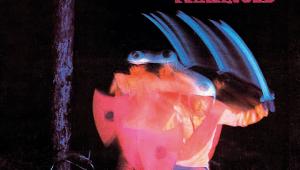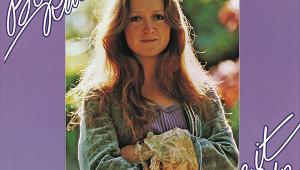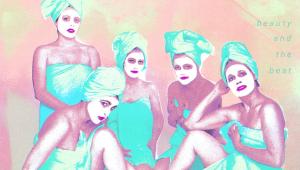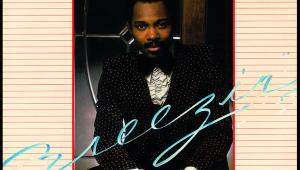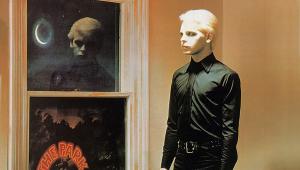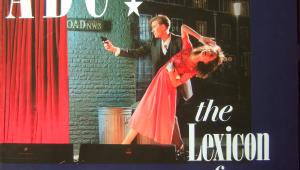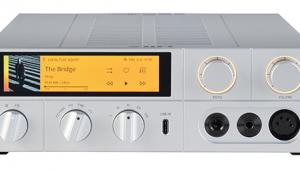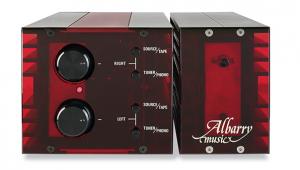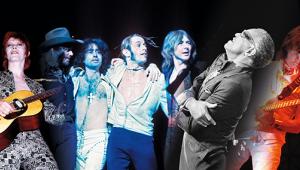Pet Shop Boys: Actually
![]()
It's a malaise almost as old as pop music itself. Second album syndrome – the crisis faced by an artist writing the follow-up to a hit debut LP, when they realise that after having had their whole lives to come up with the contents of their first offering to the world, they now only have a few months to rustle up a fresh batch of equally strong material for the follow-up. That's not such a problem, though, if you have a sufficiently large stockpile of great songs before you hit the big time that there's enough top-notch material to fill two albums. Noel Gallagher suggested that was the case with Oasis, hence the strength of their first two offerings. And it helps explain how the Pet Shop Boys followed up their 1986 debut Please with an even more striking and polished set of dance-pop gems on 1987's Actually. It would turn out to be the duo's defining release, the four hit singles it spawned remaining among the band's best-loved compositions from a career spanning nearly 40 years.
Opportunity Knocks
As far back as 1982, Neil Tennant and Chris Lowe had been working regularly on demos in a small Camden studio, having met the year before in a King's Road hi-fi shop where the former bought a Korg synthesiser and they bonded over a shared love of disco and synth pop. While Tennant, by that point a journalist with pop mag Smash Hits, was in New York interviewing Sting, he sought out cult disco producer Bobby 'O' Orlando, who saw something in their demos and ended up producing 11 tracks.
![]()
Apart from making brief ripples on the US club scene, little happened to the subsequent release of 'West End Girls' on Orlando's Bobcat label or reissues on CBS and Epic. It wasn't until they parted company with Orlando and hired British manager Tom Watkins to oversee their career that their prospects began to improve, as a deal with Parlophone was inked in 1985. Yet even then they saw 'Opportunities (Let's Make Lots Of Money)' flop before a remix of 'West End Girls' finally clinched the duo their first No 1.
![]()
During that period they had been writing continually, and they carried on after that breakthrough hit and the release of the Please LP – helped by the cancellation of a proposed tour which left them with was nothing better to do than return to the studio and focus on songwriting.
One advantage the pair also had from the start was the self-confidence and bloody mindedness to stay true to themselves, rather than accede to the demands of their label and management. 'We were always under pressure at the start, from EMI and Tom, to be more... nice', Tennant told Chris Heath in his book Literally. 'We deliberately took care to be the opposite.'
'People have got to like it or lump it, really', said Lowe. 'If we were to contrive looking [like] happy, good-looking pop stars, it wouldn't work.'
![]()
By the time the Pet Shop Boys made Actually, they'd proved to be successful on their own terms via hits like the re-released 'Opportunities' and 'Suburbia', elegant yet fun-loving pop with a pronounced British accent and a strong streak of dry humour. Therefore, they pretty much had their own blank canvas on which to paint this second long-form statement to the world.
Over The Top
The first single from the album would be the boldest, broadest slice of dance pop they'd yet come up with, and it still sounds huge coming out of your speakers today.
'It's A Sin' was tailor-made that way, as Neil Tennant recalled on the sleevenotes of the 2001 reissue. 'We decided to make the whole record gargantuanly Catholic and over-the-top. We went to Brompton Oratory with Julian Mendelsohn and recorded the ambience. You can hear it in the background of the "father forgive me..." section.'
They also threw in such touches as a thunderclap and a NASA countdown. As such, the song had come a fair way from the one that began life in Ray Roberts' Camden studio, when Lowe came up with that descending chord sequence and Tennant began playing around with the titular phrase.
